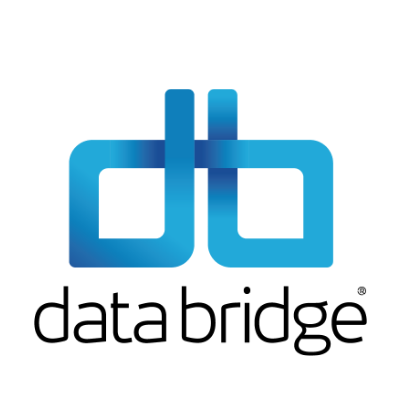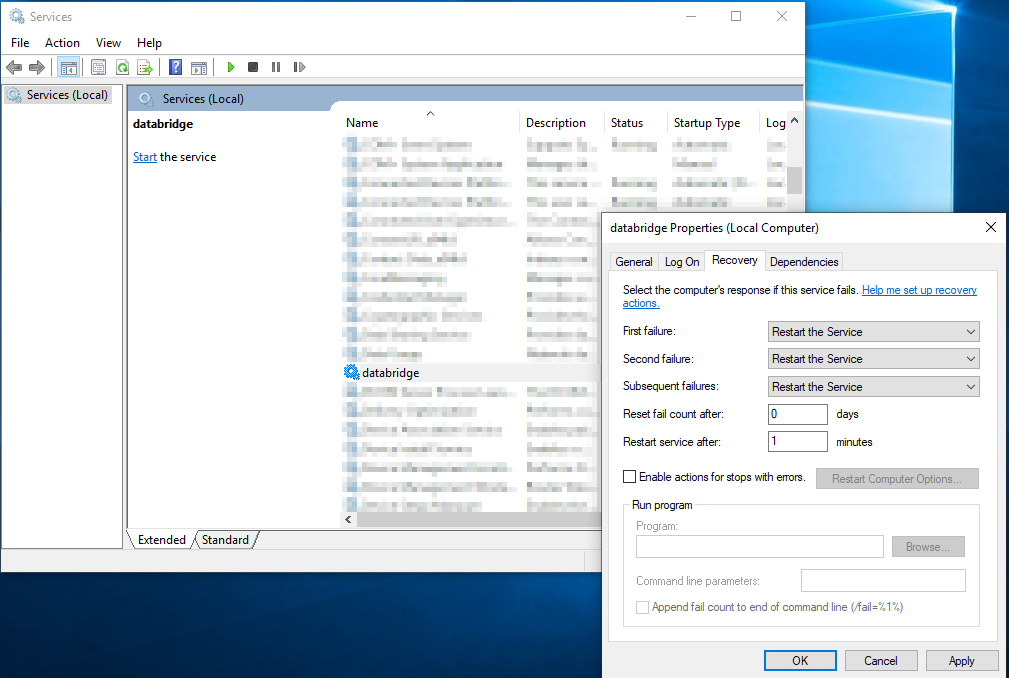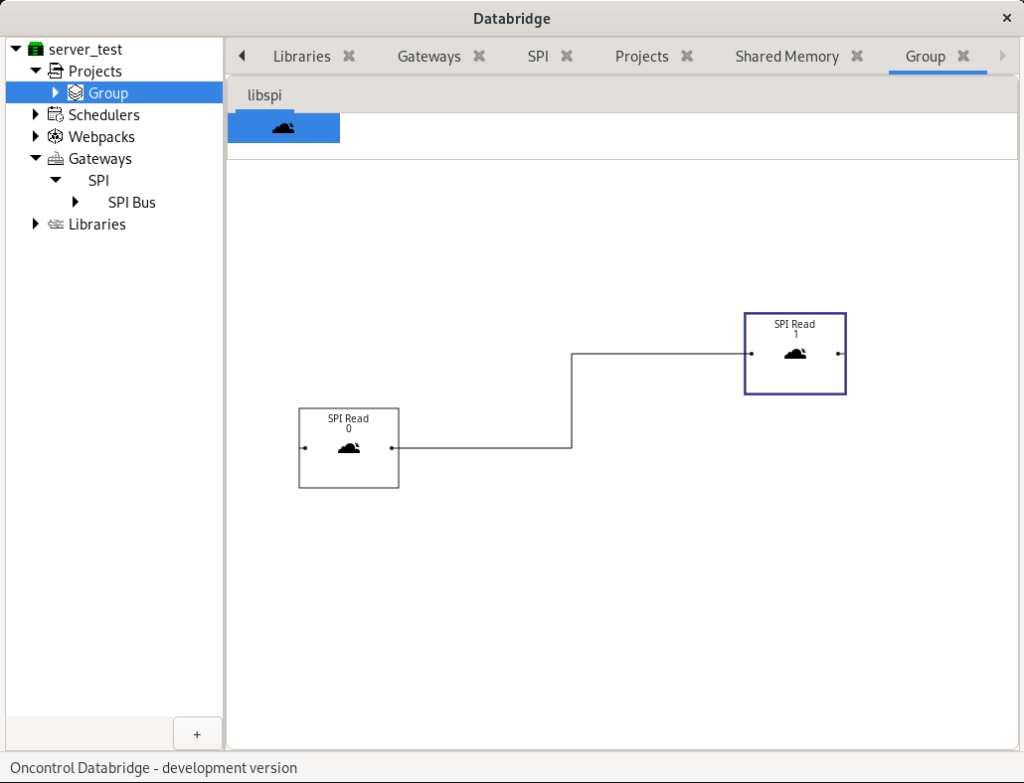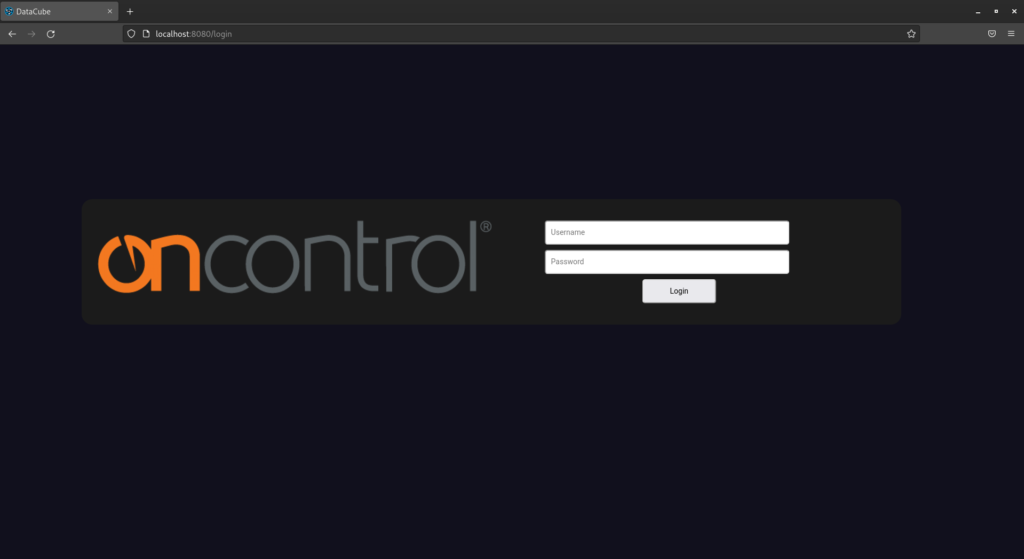A new beginning: the updated databridge architecture
A new beginning: the updated databridge architecture
Introduction
On the verge of a new version release, Oncontrol Technologies’ databridge integrates all the company’s product solutions. The software can be executed on both embedded systems and large mainframes, thus increasing the application range of the solution. It is designed to be the new lighthouse for Oncontrol’s market penetration.

It was built in modular form, aiming to ensure each client gets tailored solutions without the extra cost of installing unneeded features. This article will discuss the fundamental concepts behind the databridge software.
Client-Server architecture
Unlike previous versions, in which desktop applications were provided, the new databridge solution is based on a client-server paradigm. The server is executed as a Microsoft® Windows® service, which enables application execution at startup without user intervention. databridge was developed for multiple platforms, including Unix, with a correspondent mechanism that executes the server service.

The server, also called databridge core, contains the algorithms to be processed in runtime and perform the desired tasks. It is the platform’s effectively active/working component, programmed for efficient execution, robustness, and safety. Multiple techniques and automatic analysis software tools are used to guarantee a reduction of defects on the application.
databridge’s modular architecture comes from loading libraries of methods in runtime, where the resources can be expanded and loaded/unloaded. The solution is designed to execute diverse tasks, with the extension mechanism packing different algorithms to perform such functions. Examples of available technologies are:
- advanced control
- AI model learning and prediction
- manufacturing optimization
- data management
- automatic reports
Multiple applications will be described in future articles.
The most visible modularity comes from an extension mechanism, but databridge contains other modularity-related features. Memory variables can contain different variable natures, such as boolean, integer, real, or complex. Multiple communication protocols can be established simultaneously with numerous parallel connections. databridge core can be extended by interconnecting various core components. The creation of more complex runtime architectures will be described in future articles.
Engineering Graphical Interface
The databridge core is separated from interfaces, guaranteeing a low software footprint, reducing overwhelming processing, and keeping associated algorithm execution near real-time. Separating processing and UI also permits access to resources from remote equipment, even through slow communication connections.
Oncontrol developed a specific application, databridge CT (Configuration Terminal), steered to the technicians’ system interface. The application can link directly to the databridge core, where technical personnel can configure all the software parameters. The databridge CT application is graphical, with parametrization available through a modern interface, and no programming skills are needed.

Each databridge CT allows multiple simultaneous connections to core instances, reducing the workload on the configurations’ interaction between different instances. Complex expansion architectures will be explained in future articles.
The configuration of technological interfaces depends on the loaded technology on each core. The interfaces are automatically loaded without user intervention, even if the databridge CT was never connected to a core component.
Integrated Web Technologies
The last interface available is the databridge web, which can be accessed using a standard web browser. The web interface is completely developed using HTML5 technologies for data visualization and human interaction.

The interface is designed for non-technical personnel and offers visualization and data transfer features. The interactions are similar to other common sites on the internet.
The platform works with user authorizations, with safe connections between the browser and the core interface. Two different users can access different interfaces related to the permissions on each module.
Future News
This article briefly introduces the new databridge architecture to the public. In the upcoming articles, we will discuss some of the solution’s specific features in depth, such as:
- multiple applications,
- deep dive into the complex expansion architecture,
- etc.

